Shopping Plant-Based on a Tight Budget: 7 Tips
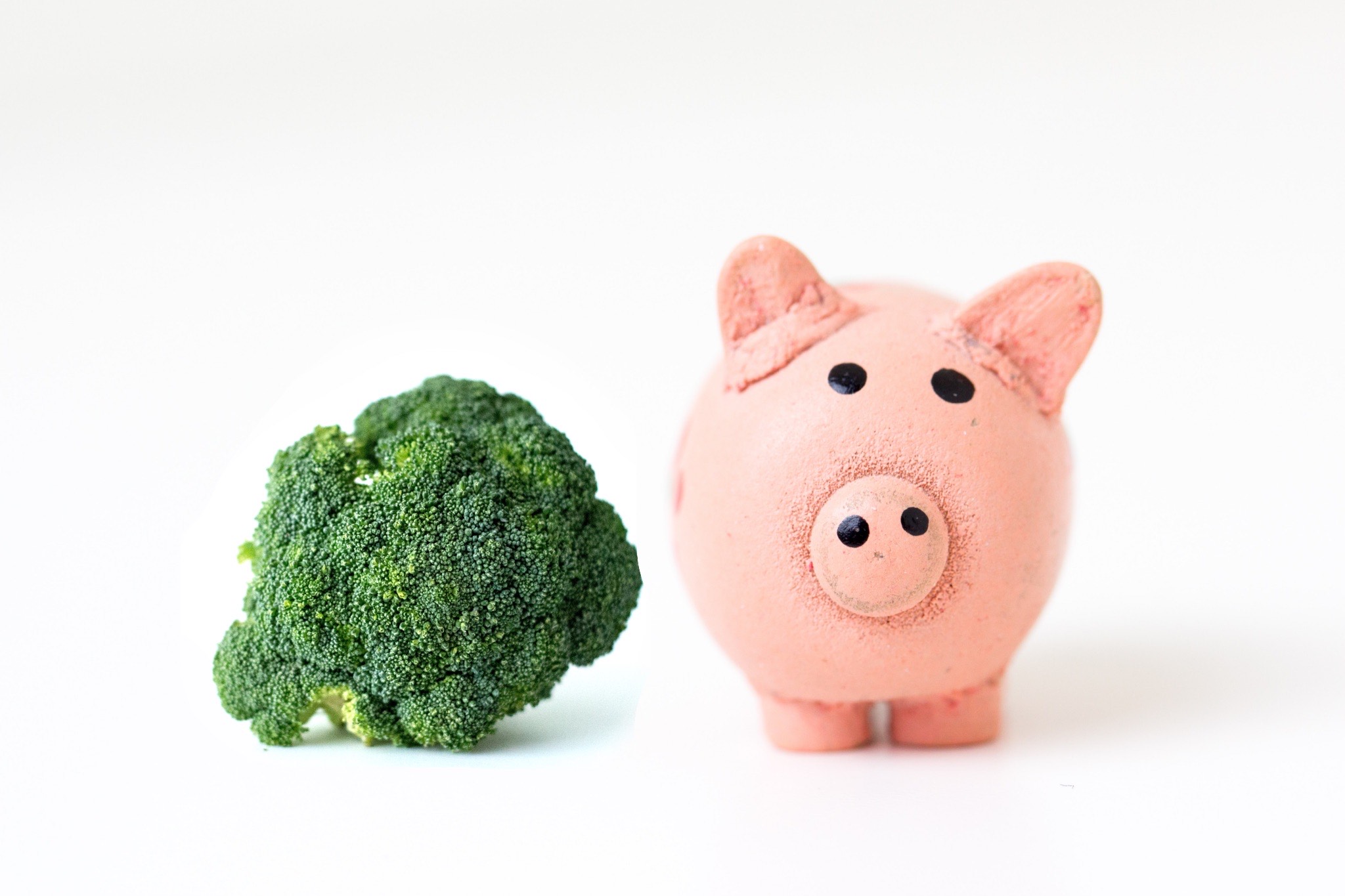
You’ve probably thought or heard someone say, “Ugh, I could never eat plant-based. It’s SO expensive!” Although in some instances this is a valid concern, it doesn’t have to be that way. Shopping plant-based on a tight budget is easy AND affordable.
I consider the whole “buying healthy food is expensive” thing to be one of those myths. It shares a high mythical pedestal with being protein deficient and that carbs are raging villains.
But I am here to prove that wrong!
After years of practice, I have it down to an economic science that works for my family’s budget. I have a TON of great tips for you that will lower your grocery bill and that will inspire you to shop smarter so you can live your healthiest life and thrive!
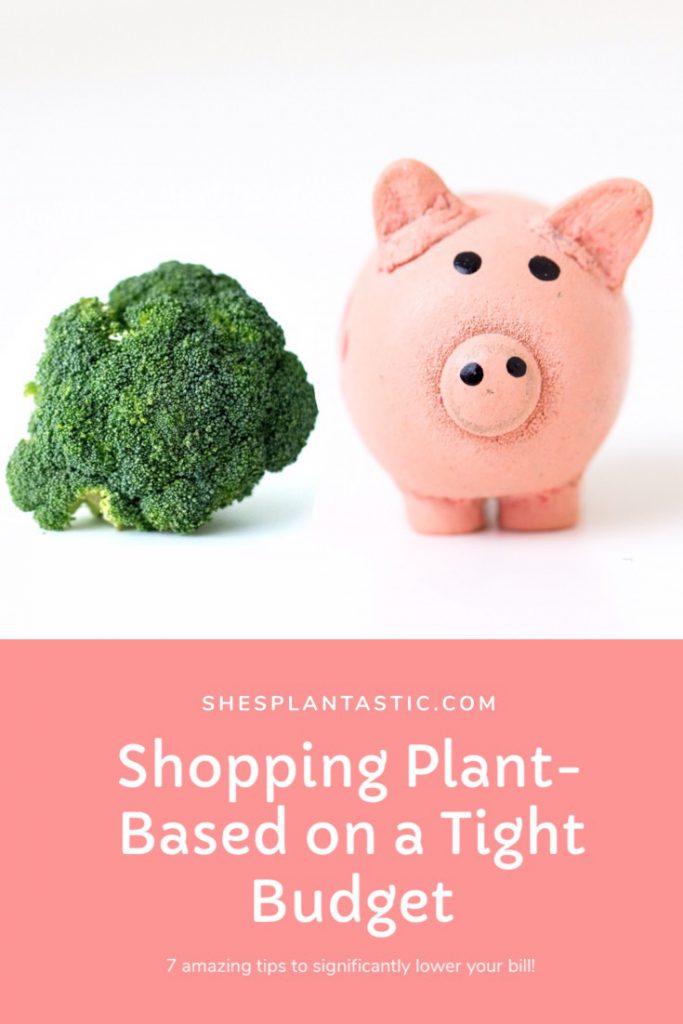
Why does plant-based shopping have the reputation of being a budget buster?
- Adding more plant-based ingredients an already meat eating grocery list will make your bill higher than what you’re accustomed to.
- Some people think going plant-based means they need to buy products marked “plant-based” or “vegan” in order to be compliant.
- Competing priorities outside of the food budget will make any additional purchases seem expensive.
These problems are real and valid, but they aren’t necessary with the right tips and grocery store “street smarts”. You can save money when shopping plant-based on a tight budget with these 7 amazing tips. Get out your calculator and shopping receipts and let’s get to saving you some money and making plant-based shopping more than affordable!
Tip #1: Stop Buying Meat and Dairy (Or Severely Limit Those Purchases)

Meat and dairy products can take up a good portion of the grocery bill. Where I live, I pay nearly $10 for a pound of lean ground beef that could be eaten as a meal and one more time as leftovers. Just a little tube of ground meat… Instead with that $10, I could buy 4 cans of beans, a stalk of celery, whole wheat spaghetti, and 2 cartons of vegetable broth. I could make multiple meals with those ingredients throughout the week!
Add up the cost of your regular meat, dairy, and egg products, and you’ll be amazed at the chunk of change left for other healthier and more versatile ingredients.
Tip #2: Ditch Soda, Juice, Alcohol, and Energy Drinks

Did you like what you saw after adding the numbers up for meat dairy expenditures? Let’s make that budget even bigger by removing soda, juice, alcohol, and energy drinks, too.
These drinks deprive your body of moisture, your bones of calcium, and can contribute to insulin resistance and an array of diseases and cancers. You’ll get enough pep in your step and feelings of true happiness from fueling your body with whole food plant-based goodness instead.
You can read about why I quit sugary and caffeinated drinks here.
Tip #3: Don’t Fall For Vegan Marketing and “Convenience”
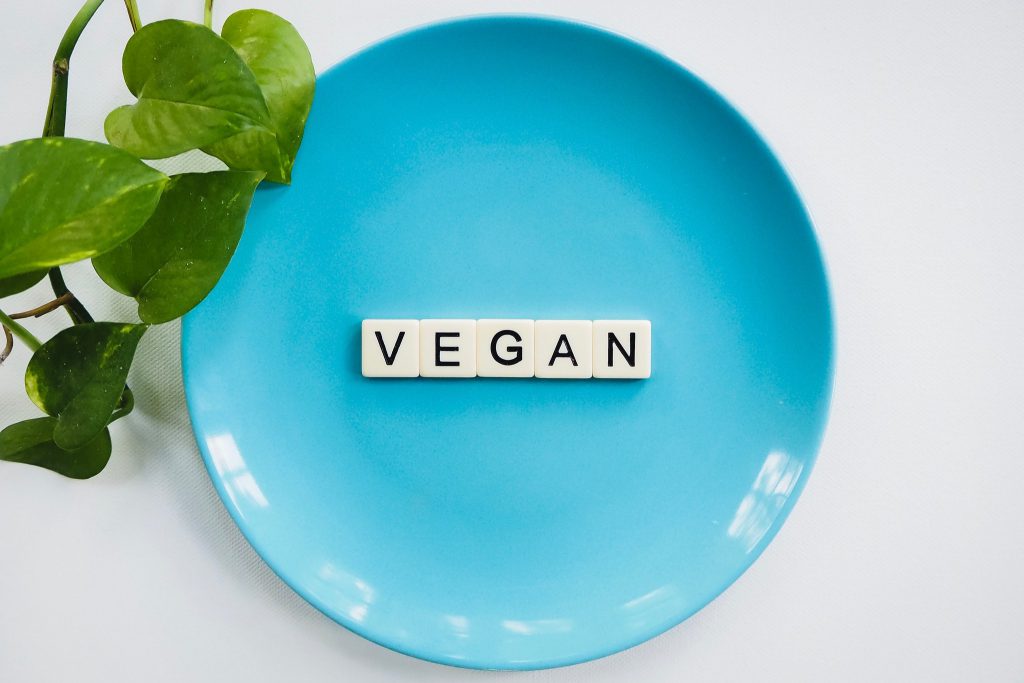
Just don’t. All those products in the freezer and box aisles marked “Plant-based!”, “Vegan”, or “Dairy-free!” are all out to get your money, when you’re smarter than that and trying to save money.
These types of vegan foods (i.e. pizzas, frozen dinners, ice cream, vegan “meats”, and imitation cheese and dairy) are expensive. I recently saw a package of two (2!) vegan burger patties in the frozen section that was almost $6! I couldn’t believe it. But then I could…
Our natural tendencies to lean toward instant gratification would be pleased to buy 2 burger patties that taste like fake meat that only takes 3 minutes to heat in the microwave. And all disguised in the name of “health”… Be better than that because you know that you can feel better with a little more effort! With that $6, you could make three times as many veggie burgers that you could freeze for later AND they’ll be truly healthy and whole food plant-based approved.
But even if these products are affordable for you, they’re not going to contribute to your health. Often, these foods are high in sodium, fat, and a plethora of processed ingredients that are hard to pronounce. The only convenience these products offer is to conveniently make you sicker.
Tip #4: Buy Fresh, Whole Produce
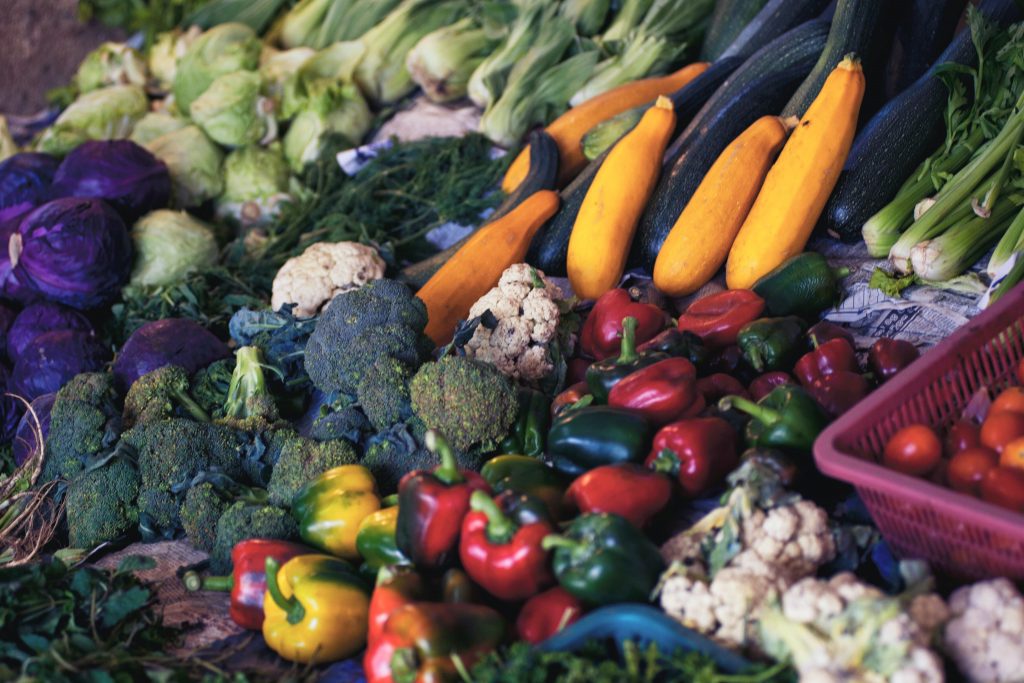
Speaking of convenience, you may have noticed that in the produce aisle, an assortment of fruits and vegetables can be found already chopped, cut, and prepared.
While this can be super time-saving and improve the hassle of cooking at home as a newbie to plant-based cuisine, prepared foods will cost more money because they are already peeled, cut, chopped, portioned, and washed. My advice to you is to buy your produce whole and unprepared.
Let’s compare prepared vs. whole produce based on my grocery’s prices:
- $2.60 for a bag of broccoli florets or $1.10 for a head of broccoli
- $2.80 for a bag of celery sticks or $1.20 for a stalk of celery
- $4.10 for 1 lb of ready to go apple slices or 60 cents per whole apple
- $5.10 for 20 oz. of fresh pineapple chunks or $3 for a whole fresh jumbo pineapple
- $3 for 7 oz. of romaine lettuce leaves or $1.20 for a whole romaine lettuce head
These are just a few examples of fruits and vegetables that you can save money on. As you can see, the savings here are by half (or more!) if you don’t buy produce already in a bag or a container. You’re basically paying double to save you 30 seconds to 3 minutes of prep time in your kitchen. (i.e. washing, cutting, and/or peeling.)
Though my grocery prices might not be the same where you live, you’ll still find comparable savings with this principle!
Tip #5: Eating in Season = Savings

This is a truly simple and logical money-saving move: produce in season will always be on sale or marked down. So, keep an eye out for your favorite fruits and vegetables when they go on sale!
One of my favorite vegetables that I’ve been buying this last spring is asparagus. It can be pricey, but not in the spring! It was $1 per pound and I bought 4 bundles at a time and it lasted me two weeks! Now as summer approaches, I’m keeping my eye out for cherries. When they’re out of season, they’re almost $12 a pound, but I know at the height of summer, I’ll be able to buy them for about $3 a pound! *insert extreme heart eyes and a salivating mouth*
Tip #6: Organics are Optional

Organic food definitely has its merits, but it’s not crucial for living a whole food plant-based lifestyle. I do love an organic option because I know that it will taste so much better and the peace of mind of knowing that I’m not ingesting chemicals is pretty cool. But honestly, the first thing that comes to my mind when I see an organic option is $.
Going 100% organic is not in my budget yet, and it’s fine. And I give YOU permission to be fine with not buying organic right now, too. So, don’t let that be a hang-up for you and your budget when shopping plant-based.
Tip #7: You Can Literally Make Better for Cheaper
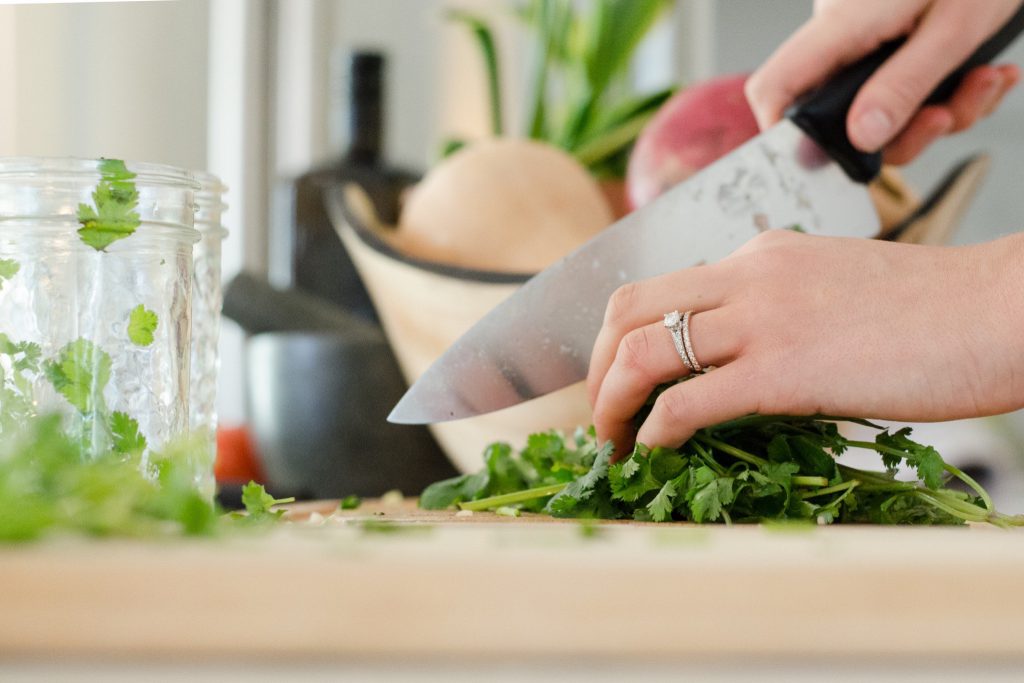
I have a confession to make… Up until this week, I bought hummus. I spent $4 for 8-10 oz. with a lot of guilt in the back of my mind knowing that it would be devoured in 2 days by me and my one year old. It was so good for snacks and a great addition of protein to my baby’s lunches. But no more.
I cracked open my Forks Over Knives magazine and found the featured page of hummus that I’ve lazily ignored. It took me 3 minutes to make the silly hummus and less than $2. It tasted better than the store-bought options and it was healthier too!
The moral of the story is: DON’T BE LAZY! You can literally make better for cheaper and save money when you’re shopping plant-based on a tight budget. Just like I talked about earlier, a lot of pre-made/mixed foods are expensive because you’re paying for convenience.
You CAN make your own hummus, salsa, guacamole, sauces, dips, and even ice cream cheaper and healthier than what the store sells. And I’ll bet it will taste yummier too! Excuse, me… my delicious homemade hummus is calling for me…
How did the numbers from your receipts and shopping habits turn out? Well, I hope these tips were helpful and proved that shopping plant-based on a tight budget with the right strategies will save you a lot of money so you can prioritize fueling your body with amazing, fresh food!
Which tip are you going to try out first? What are some other shopping strategies that work for you? Let me know in the comments!
-Melissa
Great tips! I am going to try to be more conscious of eating “in season”. I have a tendency to buy what I always buy instead of really looking around me and finding the better deal. Might even end up trying something new 🙂